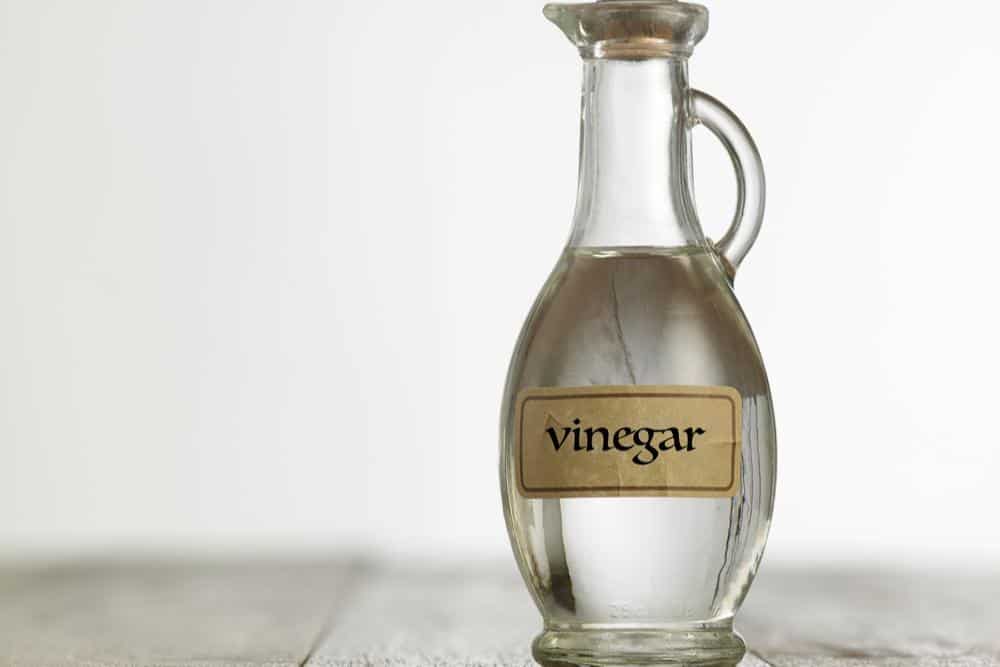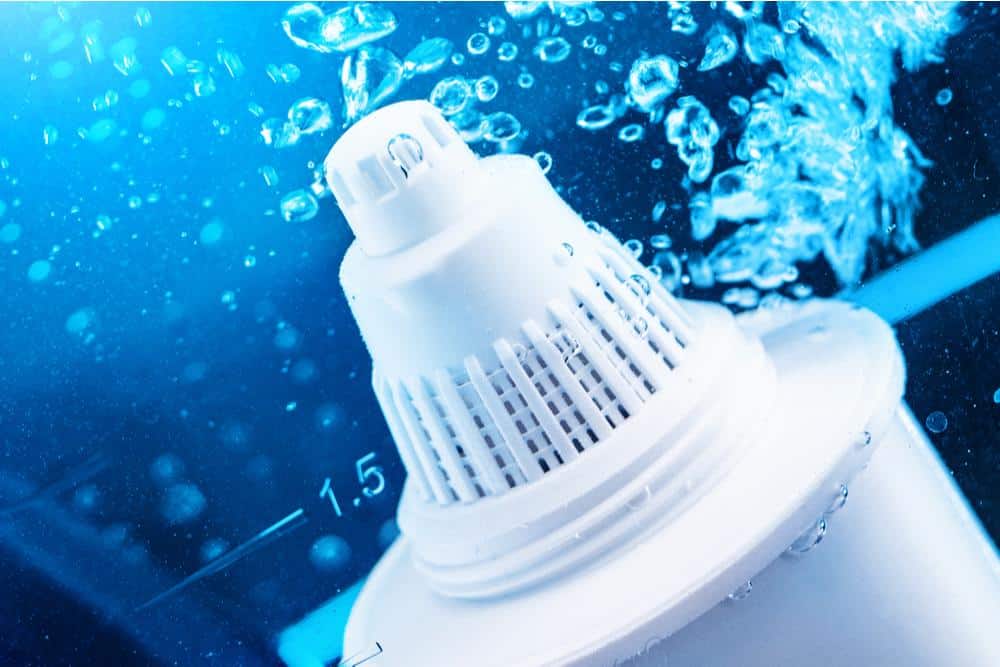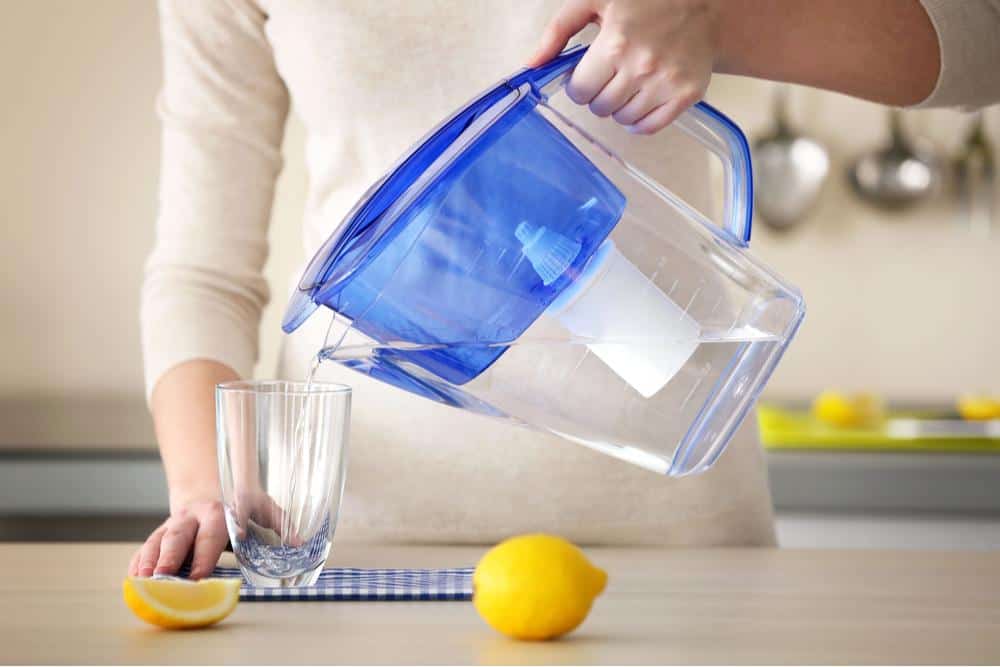Water filtration is a major topic of discussion in every corner of the world. That's because, as humans, we need eight 8oz glasses a day to stay adequately hydrated. Drinking contaminated water wouldn't do our bodies any good.
Any avid water consumer will tell you that not all water is filtered equally. Trace elements in water supplies can cause harm to your body. Ensuring that your water is adequately filtered should be a priority in every household, as well as keeping those water filters clean.
Setting up a Brita Filter Pitcher
Thanks to the wisdom of those that came before us, most of us around the planet have the ability to get good water straight from the tap. However, tap water might still have more unwanted particulates than our bodies need or want.
Brita filters and pitchers have made it easy to flush out the impurities effortlessly due to their patient technology, resulting in great drinking water. Nevertheless, you still need to put in the effort to care for your Brita filter. Are Brita filters dishwasher safe?
No. Neither the Brita Filter or the Brita Pitcher are dishwasher safe. Even though the water pitcher is a quality plastic, it is crafted to be lightweight for convenience purposes. Lightweight plastics should never go into a dishwasher, for the heat can melt down the integrity of the plastic. Instead, use warm, soapy water and wash your Brita Water Filter Pitcher by hand.
The components in the water filter itself are not dishwasher safe either. These pieces are designed to work well in refrigeration, and exposing these sensitive parts to extremely hot temperatures can potentially melt or break down the component. The result is that the Brita pitcher won’t be able to effectively filter contaminants from your tap water. Once the filter is old or compromised, it will no longer be able to provide you great tasting water in your Brita Water Pitcher.
It is important to rinse out your Brita pitcher each time before you refill, and that consists of a quick, warm rinse to make sure no debris has fallen into your Brita or gotten onto the sides of the pitcher during storage. 
Vinegar works well as a cleaning agent and kills bacteria
You should perform a deep clean twice a month. For this, you will need some dish soap, water, a soft cloth, and vinegar. Deep cleaning will ensure that your pitcher and filter work effectively to get the cleanest drinking water possible for you and your family.
Now that the question “are Brita filters dishwasher safe?” is answered, how do you clean a Brita filter? Unfortunately, as you now know, the Brita can't go into the dishwasher, but cleaning the entire water filtration system is easy when washing it by hand.
The pitcher is a carafe of resilient plastic that is BPA-Free. You can clean Brita water filter pitchers confidently with dish soap and water. There is no need to make the water scalding hot, as that can cause damage to the pitcher, just like the dishwasher.
Refrain from using abrasive scouring pads to wash a water filter pitcher. Scratches to the surface can cause weak spots, and there shouldn't be any reason to scrub the pitcher surface that hard. If, for any purpose, there is a need for scrubbing, instead, fill up the pitcher with a combination of one part vinegar and two parts water and let soak for a duration. Then, the pitcher should be ready to wash out easily with a soapy cloth.
Take note: Don't clean the filter with soap. It isn't good to get soap into the filter because any residual could cause an upset stomach. The safest way to clean these parts if they need to be cleaned is by using vinegar, and they do not need to soak in vinegar. Usually, a quick wipe down with a vinegar-soaked cloth will do the trick. Vinegar will not hurt the filter or break down any key components used when filtering water.

Don’t clean filters - including Brita filters - with soap
A Longlast+ Filter or Brita Elite™ will last three times longer than other filters. Regular Brita filters are good for 40 gallons of water, so the Longlast should be replaced at around 120 gallons by doing the math. Keeping track of your pitcher use, especially in the beginning, will help you figure out how much water you go through every month.
When replacing the filter, the new filter is supposed to be placed in cold water for a 15-minute soak before it is ready to be placed in the Brita system. Then, the rule is to insert the filter into the pitcher system and fill it. When the pitcher fills, dump the water out and repeat the process. You will dump out the water twice before the Brita is ready for drinking and cooking use.
By doing this process, it will remove any carbon dust from landing in your drinking water.
The entire system shouldn't need to be replaced for quite some time, but if the system is old and the flow is super slow after a filter replacement, the system might need upgrading.
There are five main types of water filtration systems on the market. Water filters can be expensive for the initial investment but can be very cost-effective in the long term. Using water filters can save a household up to $300 a year.

Many companies make pitcher filters
Brita offers several different filtration systems to choose from on their site.
No. Only use tap water with your filter and Brita jug and make sure that you don’t use hot water. The temperature of the water that if being filtered through your filter cartridge must not go above 85 degrees Fahrenheit.
